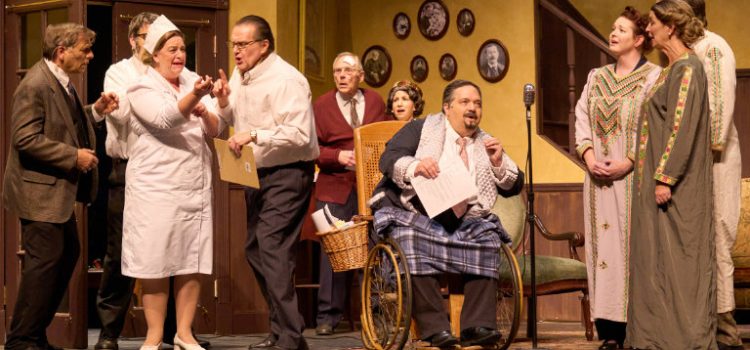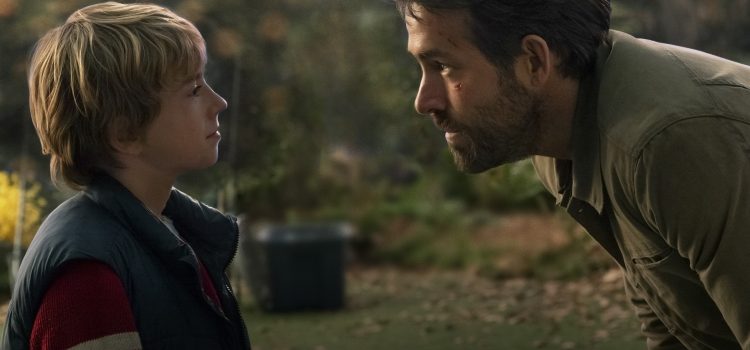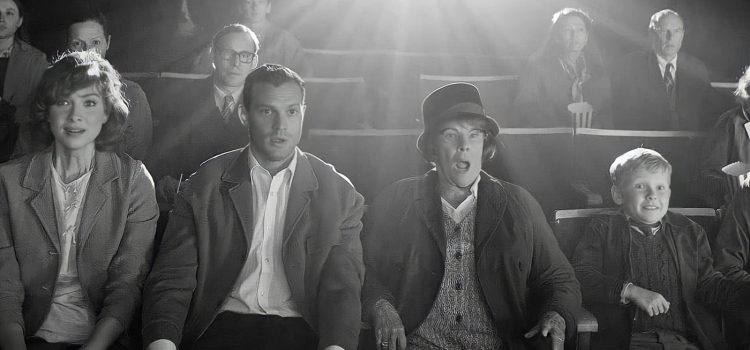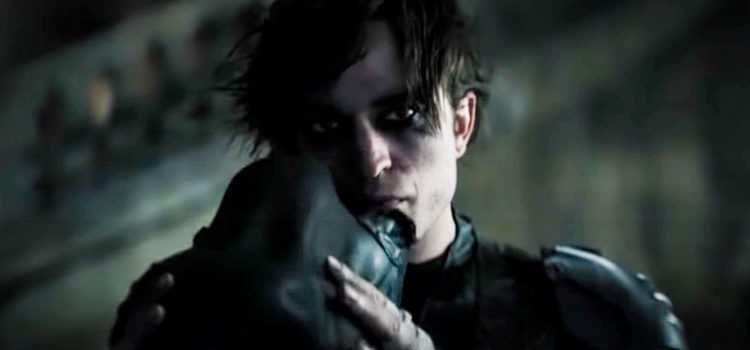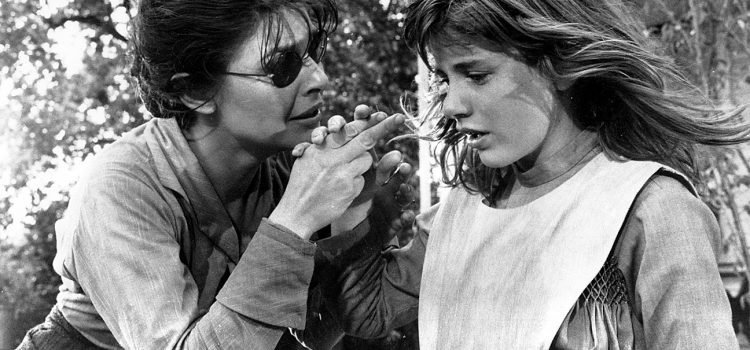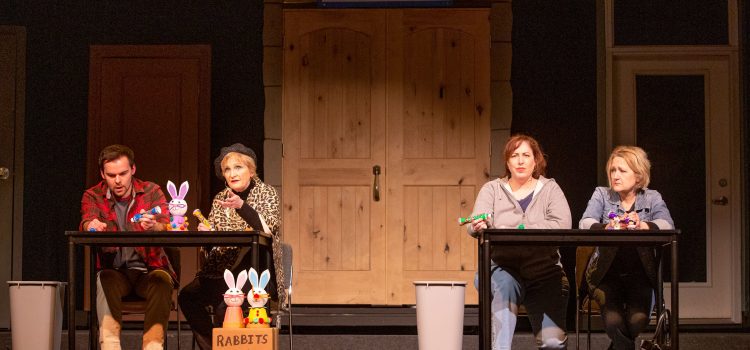Arts For Life will return to live and in-person awards ceremonies this spring, and tickets are now available for both the Theater Mask Awards on April 9 and Best Performance Awards on June 12.
Through the nonprofit organization AFL, the TMAs have honored drama and comedy plays since 2015 while the BPAs have honored musical theater in community and youth productions since AFL’s founding in 1999.
Because of the public health crisis, AFL held its BPAs and TMAs ceremonies virtually in 2020, while BPAs were not held in 2021, but TMAs were virtually, and in a smaller capacity. This year’s BPAs include nominees from the shortened 2020 and 2021 theater seasons.

This year’s eighth annual Theatre Mask Awards will take place starting at 11 a.m. on Saturday, April 9, at The Christy of St. Louis, 5856 Christy Blvd., St. Louis, MO 63116.
Cocktail attire is suggested. Seating will be eight per table, and seating assignments will be available at the entrance.
A brunch buffet featuring eggs, bacon, sausage, waffles, hash browns, fruit salad and pasta con broccoli will be served. A cash bar will be available.
“Live and in person!” AFL President Mary McCreight exclaimed. “So happy to see the enthusiasm among theater groups for recognizing excellence among their peers and cheering each other on. It was a tough year to get out there, rehearse, and be among crowds. But through their diligence and willpower, the magic happened. Let’s celebrate!”
This year’s master of ceremonies for the TMAs will be Mark Lull, a nine-time AFL nominee, who won Best Performance by a Comedic Actor as Uncle Fester in Alfresco Productions’ “The Addams Family” in 2015.

“I am thrilled and honored to be hosting the TMAs this year – in person!” he said.
Lull, currently the principal at Maryville Elementary School in Granite City, has performed at Worlds of Fun in Kansas City, The Muny, and with other theater companies in the St. Louis metropolitan area. He serves as secretary on the Arts For Life board of directors.
The 22nd Best Performance Awards will be at 2 p.m. on Sunday, June 12, at the Frontenac Hilton, Clayton Ballroom, 1335 S Lindbergh Blvd., St. Louis 63131.
Formal attire is requested, and the event will be general admission theater-style seating. A cash bar will be available.
Ticket Information
TMA tickets are $28 and must be purchased by March 28.
BPA tickets are either $20 as an early bird pricing before May 12, or $25 after that until June 12.
Both TMA and BPA tickets are available online with a service fee of $2 added: https://arts-for-life-2.square.site/.
Reservations can be arranged through the mail and tickets can be picked up at the venues on event day. Please make check payable to ARTS FOR LIFE and mail to PO Box 16426, St. Louis, MO 63125.
All BPA ticket orders will be held at the box office unless a self-addressed stamped envelope is included with ticket order. If ordering for a group, please attach a list of individual names for box office pick-up.
Please contact us at [email protected] if you have any special seating needs or COVID-19 related concerns. Handicapped seating is available
Award Nominations

Nominations were announced Jan. 22 at AFL’s annual Trivia Night, which was a virtual event during heightened COVID-19 cases earlier this winter. They are listed on the website, www.artsforlife.org.
Starting in mid-March 2020, productions were postponed and canceled during the coronavirus pandemic, and safety precautions have been a priority for performers and performances because of the coronavirus public health crisis. Now that vaccines and COVID-19 tests are available, stage work has returned, and theaters are no longer dark.
“While we did about half the usual number of shows in 2021, it did not diminish Arts for Life’s vision for a community recognition program,” McCreight said
“These events recognize the incredible talent we have in St. Louis community theater and honor the passion and dedication of those who build this amazing and unique theatrical community,” she said.
The Kirkwood Theatre Guild in Kirkwood, Mo., led all St. Louis area – metro-east Illinois community theater groups, with 25 nominations – 13 for the George S. Kaufman-Moss Hart comedy classic “The Man Who Came to Dinner” and 12 for the musical “Shrek,” while the Gateway Center for the Performing Arts’ youth musicals “Annie” and “Cabaret” earned 25 nominations – 14 and 11 respectively.
Goshen Theatre Project in Collinsville, Ill., and Monroe Actors Stage Company in Waterloo, Ill., each earned 16 nominations – Goshen, with 11 for “Disney’s The Beauty and the Beast” and five for “Nunsense” and MASC, with nine for Lillian Helman’s drama “Watch on the Rhine” and seven for the Mel Brooks’ musical adaptation “Young Frankenstein.”
Act Two Theater in St. Peters, Mo., received 11 nominations for the Noel Coward comedy classic “Blithe Spirit” and Take Two Productions earned 10 for their regional premiere of the Tony Award-winning musical “Fun Home.”
The Kirkwood Theatre Guild also tied the record for most acting nominations in a single show, with eight for “The Man Who Came to Dinner.” For 2019, the Clayton Community Theatre broke the record for most acting nominations in a single show, with eight for Neil Simon’s ‘Biloxi Blues.”
Prior to the pandemic, 15 theater groups and 10 youth-only groups participated in the BPAs while 11 were involved in the TMAs. As the region’s mitigations efforts were ongoing the past two years, only four youth-only groups and nine community theater organizations produced BPA-eligible musicals while seven participated in TMAs in 2021.

Other groups participating include Christ Memorial Productions, Clayton Community Theatre, Dayspring Arts and Education, KTK Productions, Hawthorne Players, Looking Glass Playhouse, O’Fallon Theatre Works, Over Due Theatre, Spotlight Productions, and Theatre Guild of Webster Groves.
Arts For Life is a local not-for-profit arts organization dedicated to the healing power of the arts through its work with youth, the underserved, and the community, with its goal of “Making a Dramatic Difference.”
AFL is dedicated to promoting public awareness of local community theatre, encouraging excellence in the arts, and acknowledging the incredible people who are a part of it.
TMA Event Sponsorships are available at either $100 or $50 if you also purchase an ad. Sponsorship includes group/company name and logo displayed at the event, website and on our social media platforms.
For advertising rates, BPA event sponsorship or more information, email [email protected] or visit the website, www.artsforlife.org


Lynn (Zipfel) Venhaus has had a continuous byline in St. Louis metro region publications since 1978. She writes features and news for Belleville News-Democrat and contributes to St. Louis magazine and other publications.
She is a Rotten Tomatoes-approved film critic, currently reviews films for Webster-Kirkwood Times and KTRS Radio, covers entertainment for PopLifeSTL.com and co-hosts podcast PopLifeSTL.com…Presents.
She is a member of Critics Choice Association, where she serves on the women’s and marketing committees; Alliance of Women Film Journalists; and on the board of the St. Louis Film Critics Association. She is a founding and board member of the St. Louis Theater Circle.
She is retired from teaching journalism/media as an adjunct college instructor.

